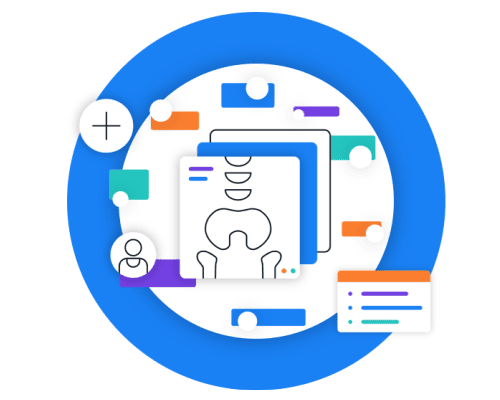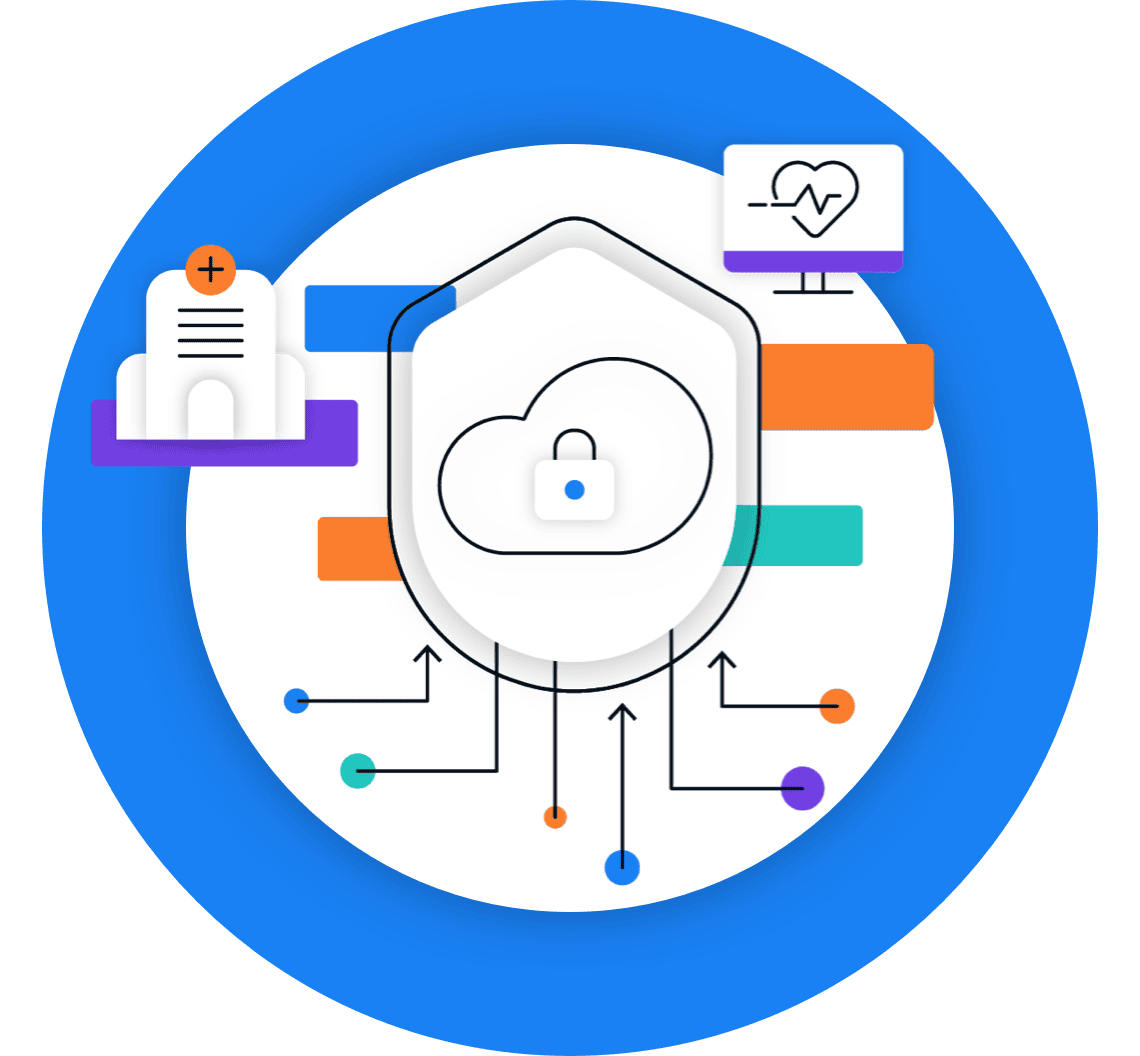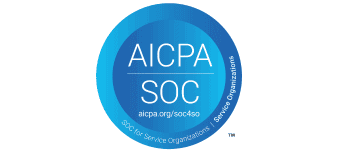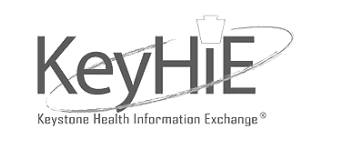Digital Health Enablement Platform
Mind the interoperability gap with quality data.
Elevate the power of health data with a flexible platform that creates smooth workflows for less cost. With a single point of integration, health systems and health tech companies have everything they need to do more, faster, with uncompromised data integrity.
Accelerate health innovation today
Flexible deployment. Smooth data integration. Limitless growth.
Rhapsody Digital Health Enablement Platform
Designed with flexible API-enabled integration, identity, and semantic solutions, Rhapsody meets you where you are – whether in your cloud or ours. Care providers, health tech builders, and public health teams can save time, cut costs, and recognize revenue more quickly, making us your ultimate technology foundation.

Rhapsody for developers
Designed for robust and reliable acquisition and exchange of health data, Rhapsody Integration is flexible and scalable.
Rhapsody Integration

Corepoint for analysts
A simpler, more comprehensive approach to interoperability with no code required.
Corepoint Integration

Rhapsody EMPI
Accurately, consistently link records across disparate systems for a comprehensive view of identity data. Do so automatically with Rhapsody Autopilot.
Rhapsody EMPI

Rhapsody Semantic
Code set mapping and terminology management to structure and normalize data across disparate systems for a single source of truth.
Rhapsody Semantic

Rhapsody Envoy
Rhapsody Envoy automates and monitors your healthcare data connections so you can innovate faster and scale smarter, deployed where you want and without the heavy lift.
Rhapsody Envoy

Rhapsody Image Director
Rhapsody Image Director cuts costs, reduces delays, and protects your ROI with smarter imaging workflows.
Rhapsody Image Director

Rhapsody API Guardian
API Guardian delivers the security, observability, and control you need to confidently and quickly exchange data with APIs.

Unlock your digital health potential
Seamless connectivity within workflows.
Easily connect to electronic health records (EHRs) and additional data sources for usable data and smooth integration.
Focus on what you do best.
Encourage digital health innovation and improved care experiences within your teams by fast-tracking integration.
Support effective and efficient resources.
Trim timelines and ease integration burden while Rhapsody manages data and compliance.
Expedite time to market.
Reduce time to value with faster onboarding, AI models, and less data clean-up.
Best in KLAS for 16 consecutive years
We are honored to be recognized as Best in KLAS since 2009. Thank you to the leading healthcare teams in 31 countries who have put their trust in Rhapsody.
Read the press release
Patient safety relies on data security.
Over 1,900 healthcare organizations worldwide trust Rhapsody because we prioritize data privacy and security. We’re experienced in meeting complex regulations globally, including not only HIPAA and GDPR but also various country, region, province, and state-specific rules and certifications. You can count on us to keep your data compliant and secure, no matter where you operate.




Accelerate digital health adoption today.
Healthcare teams in 31 countries trust Rhapsody. Connect with an interoperability specialist to discover why.






